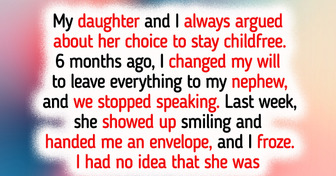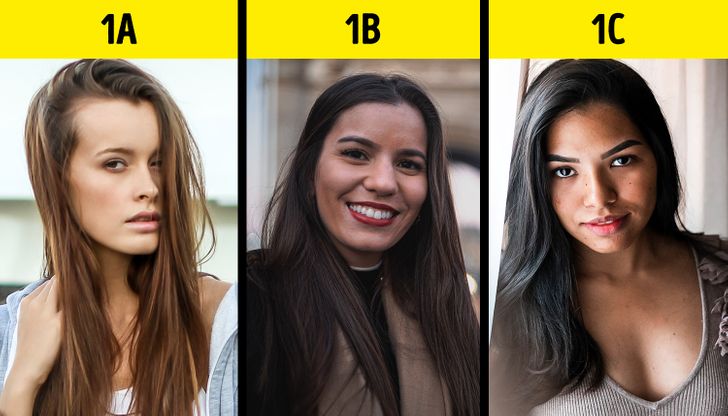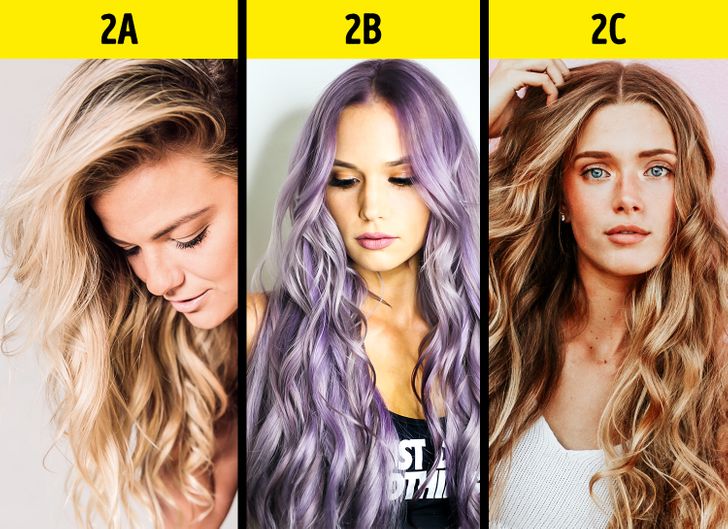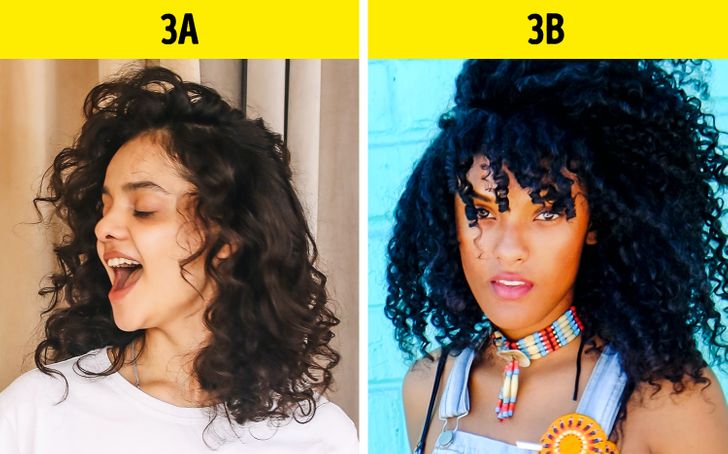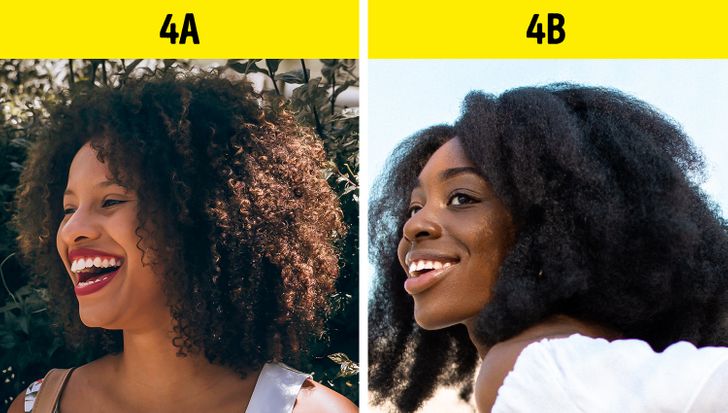All I want in my life is wavy hair lmao
A Celebrity Stylist Created a Hair System That Will Help Your Hair Always Look Fabulous
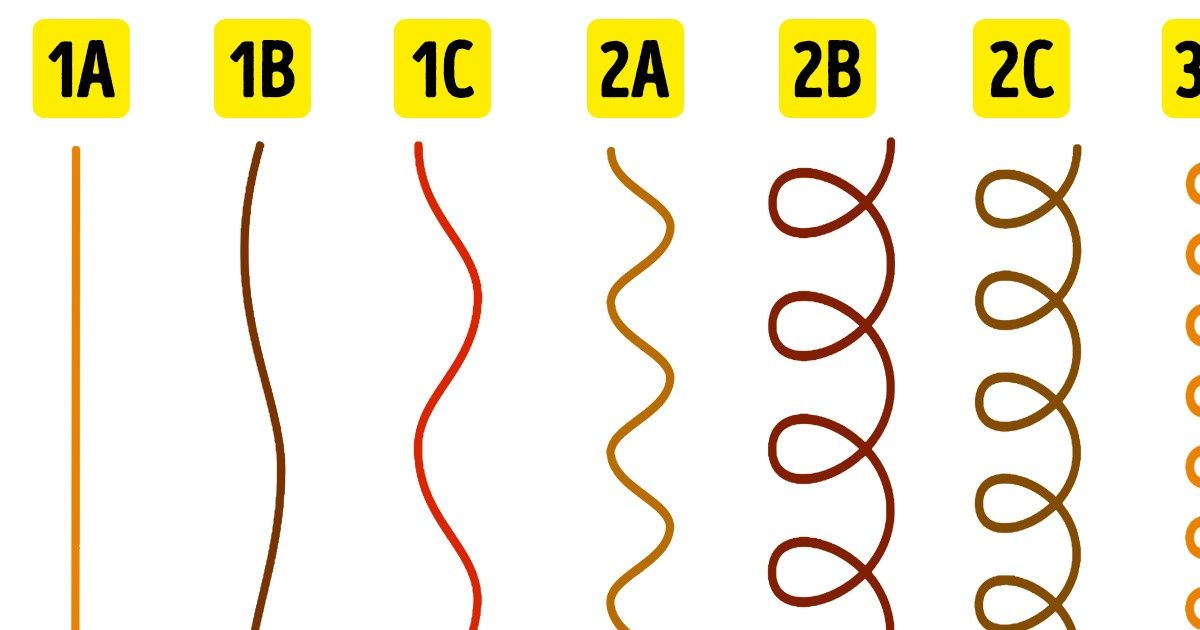
“You can have good hair days every day,” said no one, ever — except for one famous hairstylist who believes this to be true. According to Andre Walker, a beloved hairdresser to countless celebrities, it all starts with knowing what hair type you have and giving it the products it needs.
Bright Side will guide you to find out what your hair type is to make it look like a million bucks from Monday ’til Sunday.
The Andre Walker hair typing system
His nearly 35 years of experience have made Andre a style master used by Oprah Winfrey, Halle Berry, and Michelle Obama. He’s been tackling problems behind the cycle of never-ending bad hair days for decades, combating frizz, lack of volume, weak hair, and more.
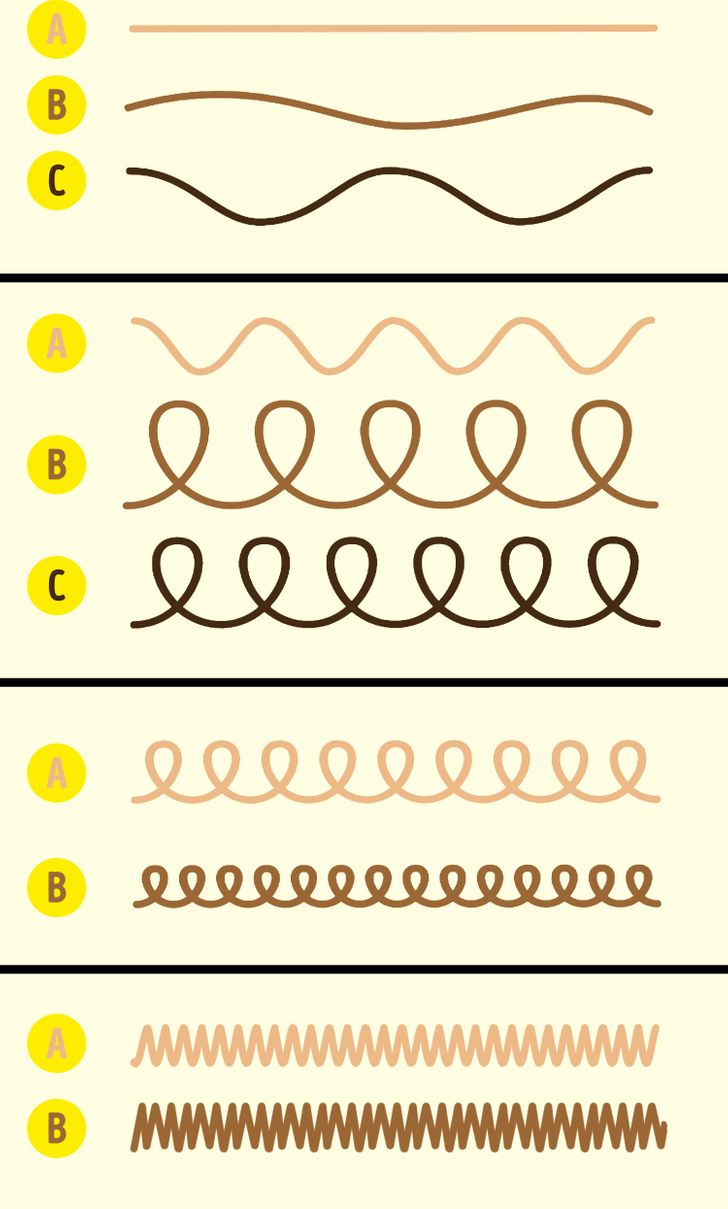
“I created the original hair typing system to help you better understand your hair texture, take the best care of your hair, and use the right products for optimal results,” he explains. His theory and hair categorization system which he published in his book, Andre Talks Hair! divides the hair into 4 classes, each with its own subcategories. Here’s what you need to know about each type of hair.
Type 1: straight
This hair is straight with no signs of waves. This is the strongest type of hair, so it’s hard to damage it with hair dryers or chemicals. However, it’s regarded as somewhat obstinate because it refuses to curl.
- 1A: This is fine, extremely soft hair that looks naturally shiny, though it tends to get oily fast.
- 1B: This is thick hair with added volume near the roots which makes it appear fuller than type 1A.
- 1C: This is thick hair with natural, incredible volume — it’s also curl-resistant.
Problems to address:
Greasy hair
Don’t bother with essential oils unless it’s tea tree oil — they will only make your hair look greasy.
Exfoliate your scalp once or twice a week.
Rinse with apple cider vinegar.
Use dry shampoo every once in a while.
Lack of volume
Try to use products that add volume like hairsprays and mousses.
Go for layered hairstyles for a fuller, thicker look.
Take a zinc supplement.
Type 2: wavy
This means wavy hair without S-shaped curls. It’s the kind of hair that’s somewhere in between straight and curly. Wavy hair can get frizzy easily.
-
2A: It’s made of weak S-shaped strands that curl at the tips. It isn’t stubborn to style, so it maintains the shape you give it, straight or curly.
-
2B: With more pronounced S-shaped curls, this class of hair tends to get pretty frizzy.
-
2C: A step before curly hair, some strands can be wavy and some a bit more curly. It can get even more frizzy than type 2B, particularly in humid environments.
Problems to address:
Frizzy hair
Try using hydrating shampoos and conditioners, like products that contain serums that add moisture.
Add a few drops of botanical hair oil to the tips to freshen them up and attract moisture.
Comb your hair after you take a shower and don’t comb it until you shower again. Otherwise, you’ll break the waves.
Scrub your scalp to get rid of impurities, dandruff, and any accumulation of dirt, hair products or excess oils.
Lack of volume
Air-dry your hair or use the cool air option to dry it.
Leave your head a bit wet after using the hairdryer.
Remember that the shorter the hair, the wavier and thicker the strands will be.
Type 3: curly
Obviously, curly locks are in an S-shaped form. On the positive side, it flaunts volume and looks full. On the negative side, it’s not that strong, and its vulnerability makes it prone to damage by hair blowers and even changes in the climate, for which it demands constant care.
-
3A: This is a shiny type of hair that’s great for styling. It takes the shape you want it to. It has a defined S-shape which makes it appear abundant and healthy. It can have spiraled loose strands and tight corkscrew strands at the same time.
-
3B: This is thinner hair with tight, small corkscrew curls that make it appear thicker.
Problems to address:
Dullness
Try using hydrating shampoos and conditioners free of sulfates to avoid letting your hair go fluffy.
Use hair oils to keep moisture in.
Avoid hair products with too much silicone — it will dry your curls.
Keep in mind that the shorter the hair, the curlier and thicker the strands will be.
Fragility
Air-dry your hair or use the cool air option to dry it more often.
If you want to use heat, place your dryer at least a foot away from your hair.
Avoid hair straighteners that break your hair.
Type 4: kinky
Think about the boldly curly hair that’s tough to tame. This type is extremely fragile and styling it can be damaging.
- 4A: This subtype of hair tends to be breakable, thin, and fragile. It’s made out of tight curls.
- 4B: These are zig-zag curls in a Z-shape pattern, which make it appear full and thick. However, it’s the most fragile type as it’s very susceptible to styling. It has no definite coil pattern, which adds personality but makes it hard to comb.
Problems to address:
Fragility
Try using gentle, natural moisturizing shampoos and conditioners to protect your hair.
Let your hair dry naturally or use cool air if needed.
Go “au natural,” as styling your hair with hot dryers and straighteners can damage it quickly.
Dullness
There’s no need to wash it that often.
Only apply conditioner every other day.
Rely on essential hair oils, especially when it comes to the ends of your strands.
What do you do to make your hair look fantastic? Which of these is the hair-type of your dreams?
Comments
Related Reads
20 Mildly Infuriating Situations That Can Be the Ultimate Patience Test
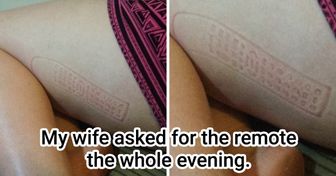
11 People Who Proved Being Kind Costs Zero, but Means the World
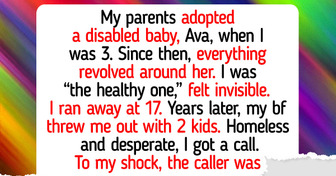
I Refused to Let My Boyfriend’s Dream Become My Second Job, I’m Not His Free Labor
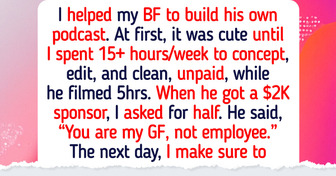
16 Men Who Proved True Love Isn’t About Big Words, but About Quiet Actions That Melt the Heart
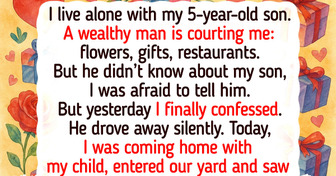
I Refuse to Pay for My Unemployed Friend’s Life Forever, He Says He Can’t Find a “Normal Job”
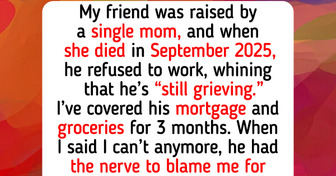
10 Stepfathers Reveal the Secret Struggles of Fatherhood

I Refused to Let My Stepmother Dictate My Wedding—I Have Been Too Kind
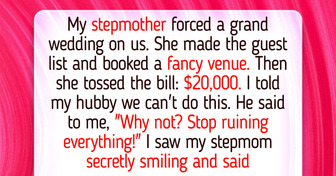
20 Times People Chose Kindness Even When Life Was Acting Like a Villain
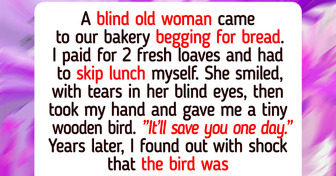
12 Stories That Had More Drama Than a Season Finale

12 Acts of Kindness That Prove the Human Spirit Is Truly Unbreakable
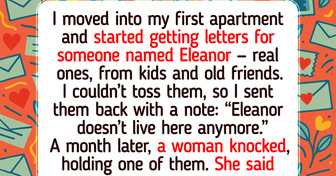
10 Times People Had to Face Cruel Reality
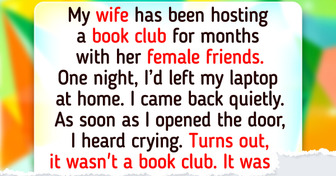
I Refused to Give My Childfree Daughter Her Inheritance, Then She Showed Up With a Surprise
